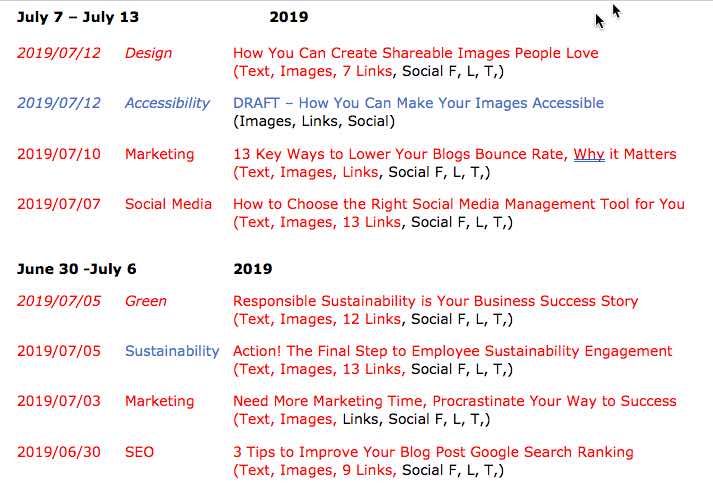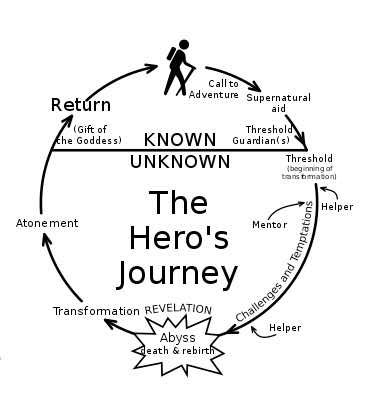
Is Your Business Customer Focused or Operations Focused *
Is Your Business, Customer or Operations Focused?
Give Your Customer’s a Great Experience
Do you understand what it takes for your company to give customers a great customer service experience? It takes a lot of effort to create the business culture which can give the best customer experience possible.
To give your customer’s a great user experience you have to selectively hire great employees, you have to properly train your employees, and then you have to deliver a great and memorable experience.
Be Memorable, and be Remembered
You have to understand, your customers are comparing you to the best and worst customer experience’s that they have ever received. Today your customers level of expectations is high, and this is a comparison which you can’t allow yourself to fail.
Many companies claim to give great customer service, but do they deliver what they promise? Many times they don’t, and they have set themselves up to fail. Their company culture is built with an operations mentality with rigid rules, policies and procedures that just don’t allow for flexibility.
Frequently companies inflexibility prevents them from being more than just average or satisfactory. Lets examine a few of the differences between customer-focused companies versus operations-focused companies.
5 Steps to a Great Customer Experience
Build Your Culture on Leadership
It’s impossible to build a customer-focused company culture without leaders who set the vision and mission of the company, and then lead by example. Setting the example you want followed is key to establishing the culture you desire. Then it’s a matter of encouraging employees to embrace the culture and follow in your footsteps.
Leading an operations-focused company takes a different approach. Again the leadership sets the vision and mission of the culture, but often the vision is coupled to an attitude which stresses following a rigid set of rules and procedures.
often stresses that employees need to follow a “Do as I say, not as I do” approach. This behavioral approach can be at odds with what they want to achieve, often leaving employees confused and less motivated.
People Must Always Come First
The customer-focused company knows the importance of putting people first, especially employees. They encourage a culture of happy, engaged and fulfilled employees who deliver a better customer experience. Customers recognize this, embrace it and continue to come back. Customers can feel when a business values them, and knows when it doesn’t.
An operations-focused companies culture is focused on developing rules and procedures. Instead of placing people first, the focus and measure of success is always and only the bottom line. While a strong bottom line is crucial to any company’s success, not focusing on the people misses the culture part of the equation.
Hire Employees to Fit Your Culture
A customer-focused company hires people who enhance and will embrace the company culture, this simply means that any employee’s hired must have the personality and values that align with the companies vision and mission. Certain jobs may require skill, but skill alone should not get an applicant hired who does not possess the necessary people skills.
An operations-focused company will hire for skill, filling a position with technical strengths. The applicant’s personality may or may not fit with the corporate culture.
Train Your Employees for Success
A customer-focused company spends time and money training for soft skills such as relationship building and customer service. The company recognizes that it takes both, technical and soft skills, to break away from being average.
The operations-focused company spends most of their training dollars and time on technical skills and product knowledge.
Empower Your Employees
A customer-focused company empowers employees to make decisions that are for the benefit of the customer. The company establishes guidelines rather than rigid rules. It’s an approach that allows employees to deal with each customer in an open and flexible manner.
The companies guidelines allow employees to take independent actions as long as it isn’t illegal, immoral, won’t cost the company money, and won’t harm the company’s reputation. The company focus is on serving the customers needs, and doing whatever it to takes to satisfy the customer.
The operations-focused company requires a manager’s approval for anything that is outside of their policies or typical way of doing business. Employees are unable to provide customer care if it does not fit the companies rigid set of rules and procedures.
What’s Your Customer Experience Choice?
How do You See Your Customer Service
Are you a customer-focused company that sees customer service as a philosophyto be embraced by every employee of the company, recognizing that there are both external and internal customers.
Or, are you a operations-focused company that sees customer service as a department.
The differences are huge and are focused squarely on the type of business culture that you would choose to follow.

















